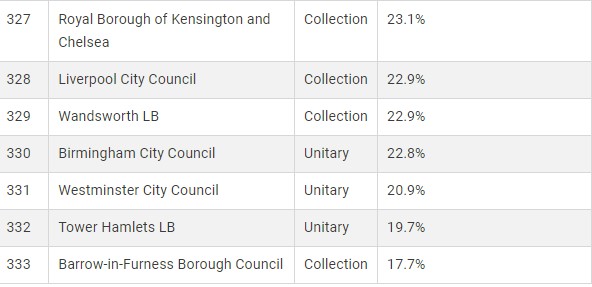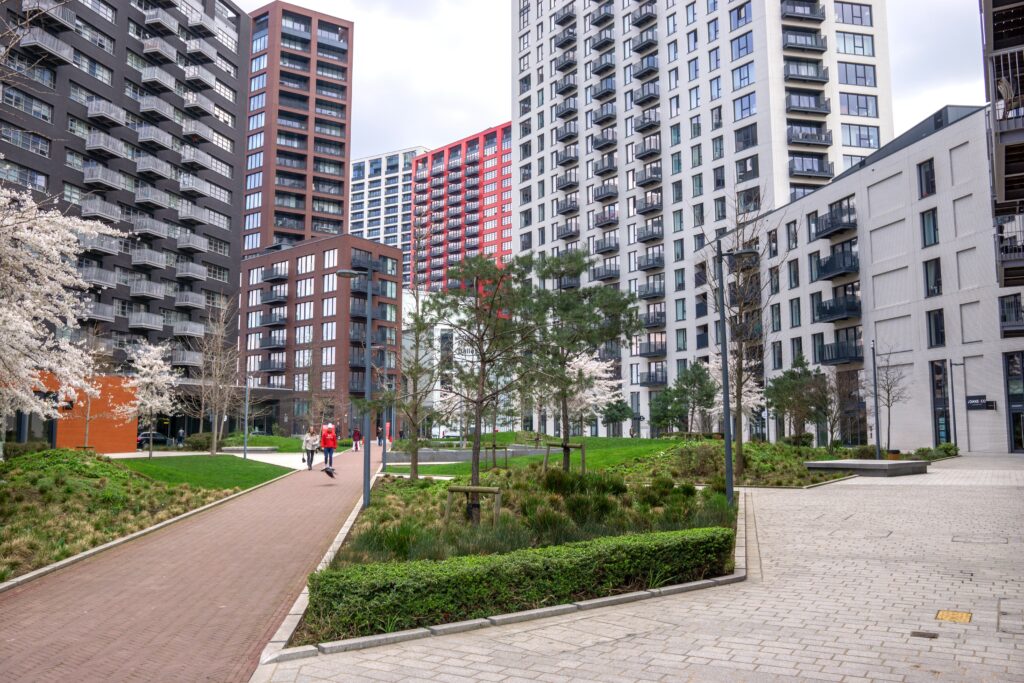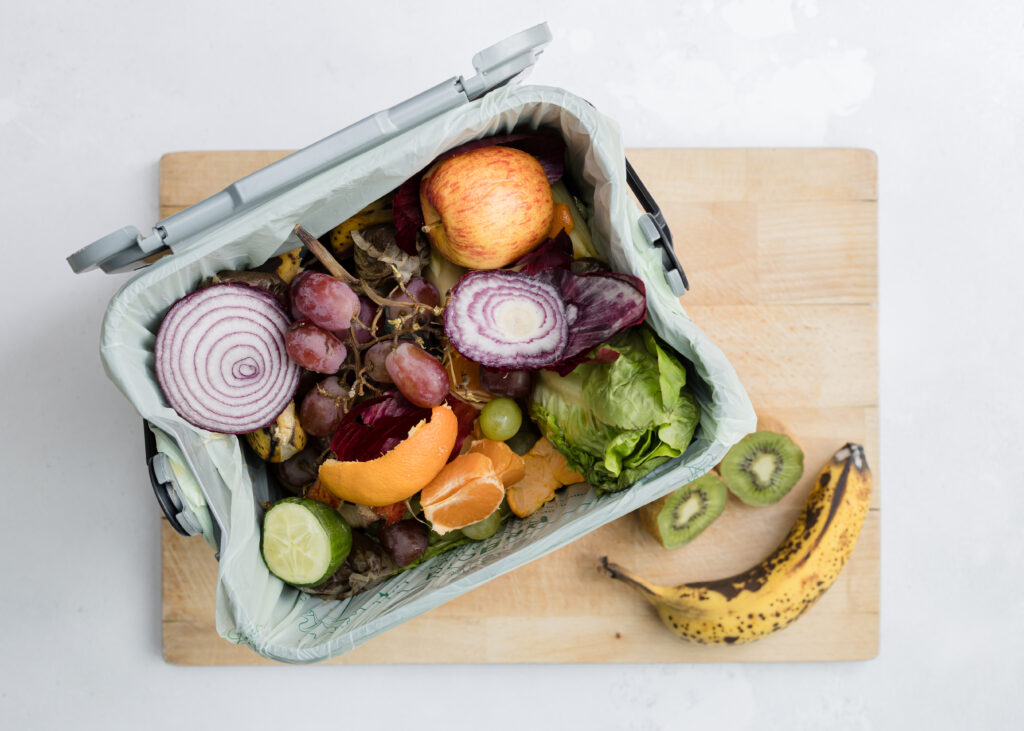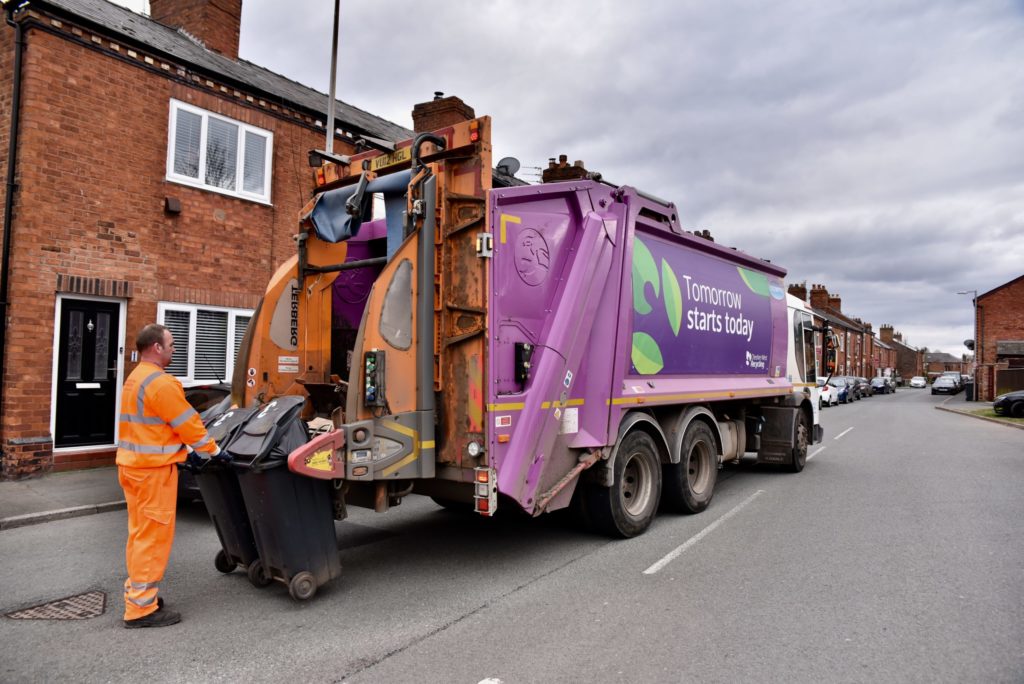And, the body said that until a greater focus is taken on flats, which will make up 90% of new developments across Greater London over the next twenty years, recycling rates will continue to struggle even with new legislation.
The Mayor has set targets for London to cut food waste by 50% per person and recycle 65% of its waste by 2030. By 2025, the target is 50%. In 2020/21 London’s recycling rate was 29.9%.
ReLondon, a partnership between the Mayor of London and London’s boroughs to improve waste and resource management, has shared findings from some recent research it undertook with Resource Futures which explored recycling rates in the capital.
It details the problems with recycling rates in flats and steps which can be taken to tackle this. The findings have been shared exclusively with letsrecycle.com.
Study
ReLondon gathered waste-composition data from 6,000 flats across seven London boroughs – data which, thanks to London-wide cooperation and analysis by Resource Futures, has now been augmented to include more than 15,000 households across 22 London boroughs.
This has given the body “the most accurate picture of waste composition and recycling capture available” for the capital and helps it to understand some of the factors affecting London’s – and potentially other urban authorities’ – recycling rates.
Garden waste
ReLondon explained that bins in the capital contain “very similar things, in similar proportions, to the rest of the country when it comes to paper, card, glass and plastics”. The single biggest material in Londoners’ bins is food – more than a quarter (27%) of what’s thrown away.
The biggest difference between London and the rest of England is, unsurprisingly, garden waste.
Compared to the England figure of 17% of total waste collected being from gardens (from WRAP’s 2017 national composition estimates), London’s average is only 6% (and an even lower 2% of the waste collected from flats). “This goes some way to explaining the disparity between London and the rest of England – it’s not possible to recycle garden waste that simply isn’t there,” ReLondon explained.
However, it said garden waste is not the whole story.

Flats
ReLondon’s data shows that just 20% of food waste is put into food waste bins in communal properties, where the service exists.
This, according to ReLondon, is a “huge lost opportunity” and something the body’s work with local authorities and citizens is seeking to address.
The data does shows that the capture of some materials for recycling in London (paper, card, glass) is better than others (plastic pots, tubs and trays, metals, food).
But critically it also shows that the capture of even the better-understood materials is much lower when people share external bins (communal bins in flats), with over three quarters of available dry recycling in London being captured from individual (kerbside) household bins.

In flats, just under half of the potentially recyclable paper, card, cans, glass and plastic is actually put into recycling bins – with 51% still going in the rubbish bin.
Behavioural
The reasons for these challenges have been well documented.
ReLondon explained that cities and some flats also have higher levels of deprivation, a younger population, and higher proportions of renters vs home owners are all linked to lower recycling rates.
Living in smaller flats, often sharing a kitchen with others, is another critical factor, ReLondon sayd.
“If you have to make space in what is often a tiny kitchen for extra bins to sort your waste, you need to have a good deal of motivation and real confidence that what you are doing is worth the extra effort,” the body explained.
ReLondon added: “When these challenges are combined – which they often are – it’s no surprise that recycling capture from communal bins lags behind kerbside collections. It is an issue that will continue to grow as England’s cities do.”
If you live in a flat, storing food waste in your kitchen and taking it down to a communal bin is a pretty hard sell
- Liz Horsfield, ReLondon
Actions
To address this, ReLondon said the whole sector must recognise that changing behaviour – and maintaining that change – in dense urban areas with high transience “requires more than just supplying bins, bags and leaflets”.
Liz Horsfield, strategic advisor for ReLondon, said that he introduction of mandatory food waste to all households is a good example of this.
“If you live in a flat, storing food waste in your kitchen and taking it down to a communal bin is already a pretty hard sell,” she explained.
Ms Horsfield added: “ReLondon’s most recent flats project showed that residents on estates can engage really well with food recycling services, but the right infrastructure – which is costly – plus a major communications effort, as well as support with things like compostable food liners, are needed to make it work.”
ReLondon said authorities need resources and guidance to generate community insights, tailored infrastructure, targeted engagement, effective monitoring and ongoing maintenance to help residents start and, critically, sustain good recycling behaviours, no matter where they live.
ReLondon’s next project in this space is looking at how to making recycling work for people in flats above shops, using the combined composition data alongside ethnographic research to find ways to get people more motivated and knowledgeable about their recycling, while making it easier to recycle for those living in the most challenging property types.












Subscribe for free